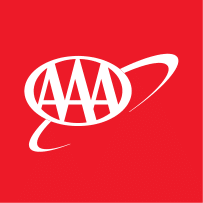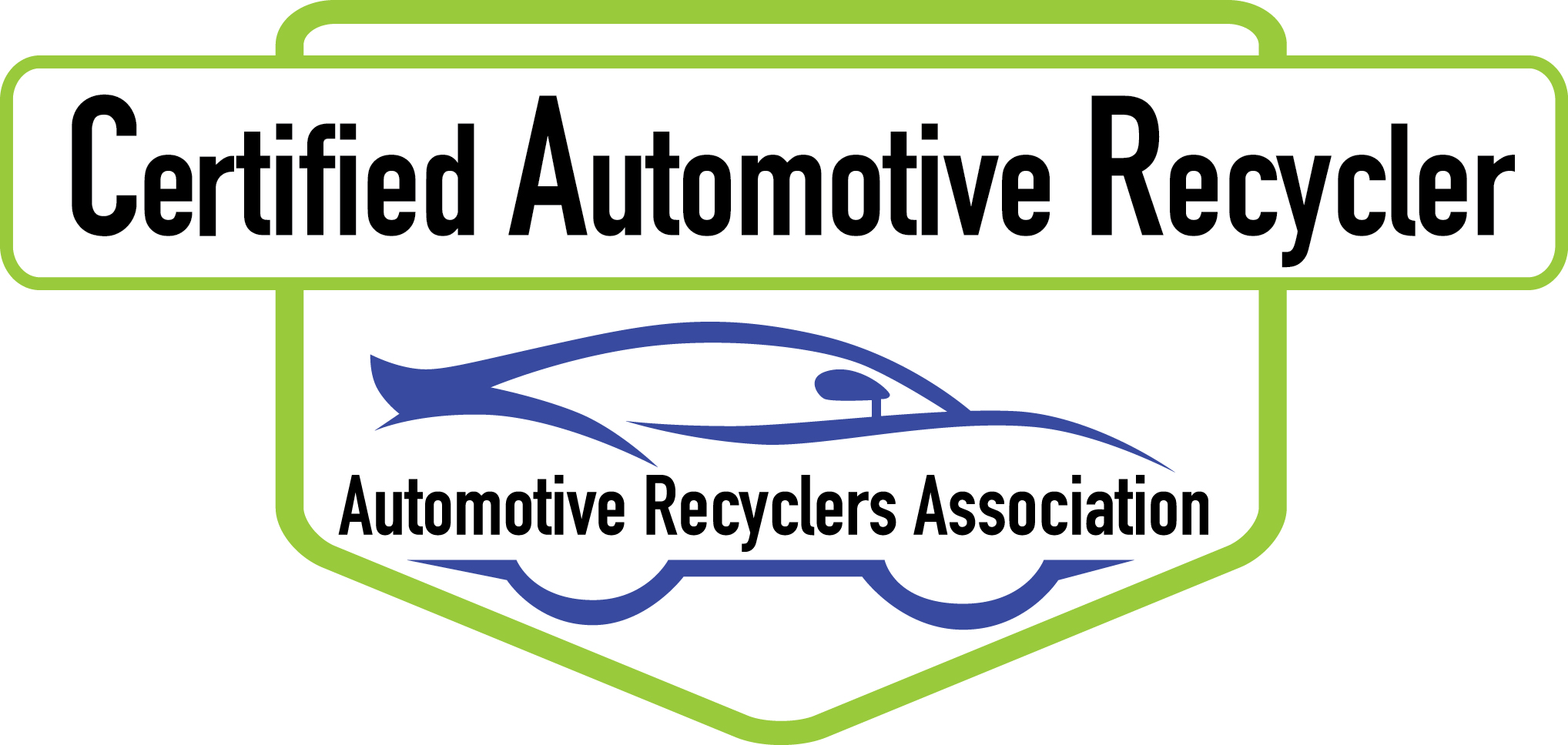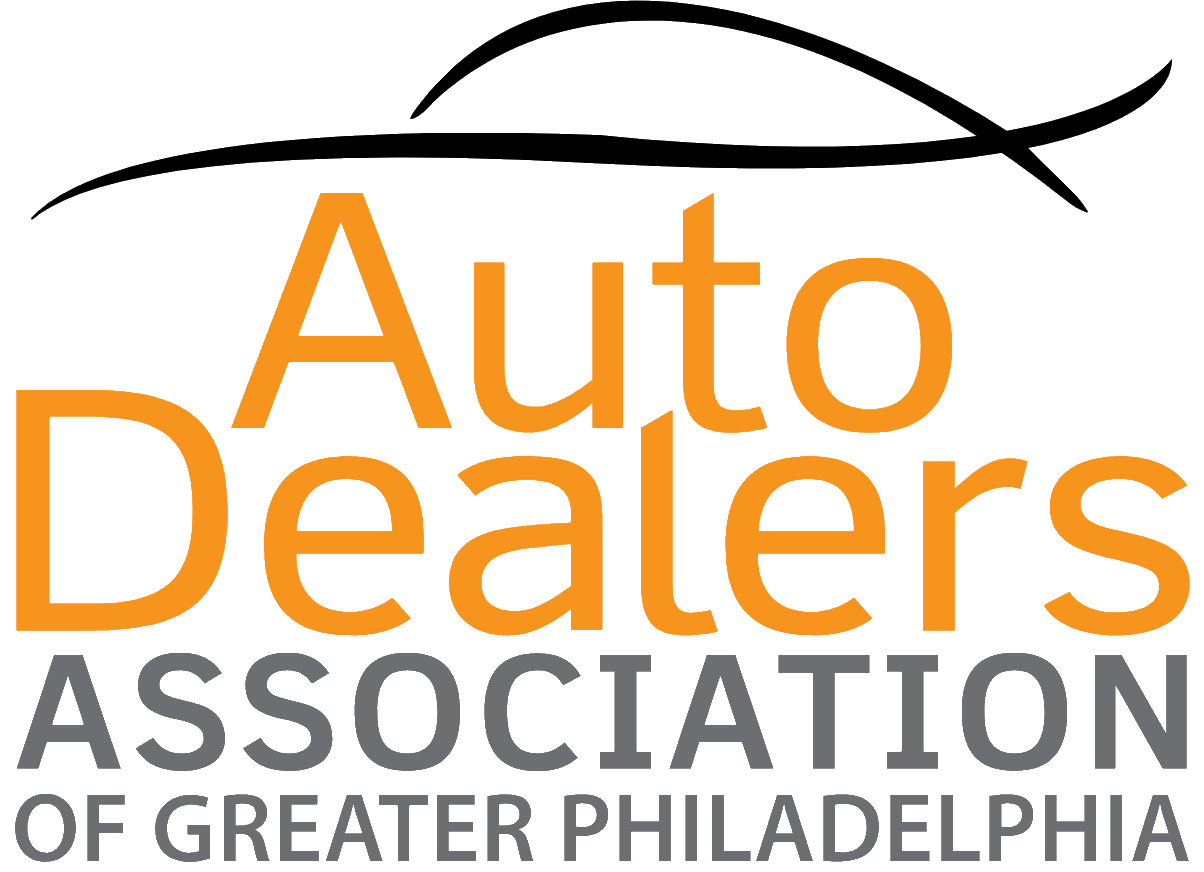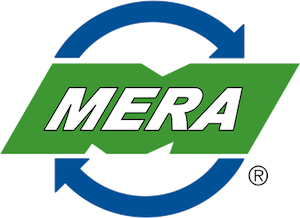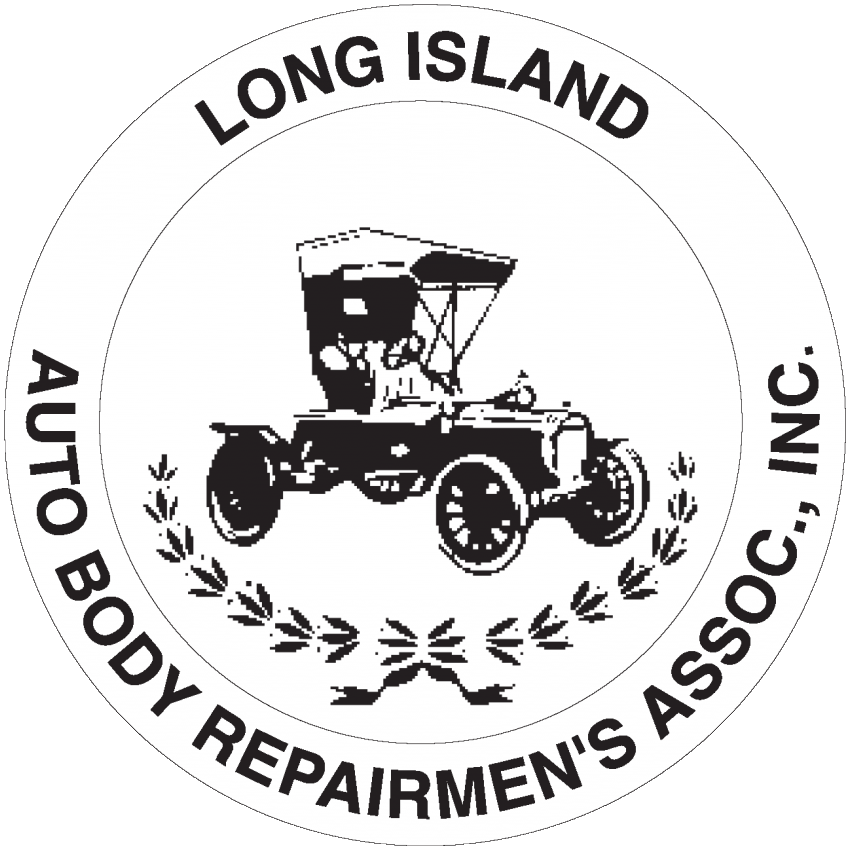Automobiles are complicated machines with tons of working parts and components. From engine belts to torque converters, a lot is happening under the hood of the average car. As you browse the My Auto Store blog, you may come upon car terms that you’re not familiar with, but don’t worry. Check out our glossary of car terms and get up to speed.
#
4WD (Four Wheel Drive) – In this type of vehicle the engine sends power to the transmission and into the transfer case. The transfer case divides the power to all four wheels simultaneously; it is useful during rough driving conditions or off-roading. This is a manual feature that can be turned on and off by the driver.
A
A/C Compressor – The engine drives this pump with a belt; it applies pressure to the refrigerant that circulates through the air conditioning system.
ABS (Anti-Lock Braking System) – A brake system designed to prevent your wheels from locking up when you are coming to sudden/rough stops. This helps you continue to steer your vehicle when you need to brake suddenly.
Adaptive Cruise Control – An advanced cruise control system that automatically controls the vehicle’s speed and it’s distance to the car ahead.
Aftermarket – Replacement parts made by third party manufacturers, which are not the same manufacturers that built your vehicle. These usually do not have the same fit or finish as the original ones.
Air Cleaner – A plastic box that sits on top of the motor, it holds the engine air filter.
Airbag – Cushions that deploy from the front and side of a vehicle’s interior during a collision to prevent those inside from striking hard surfaces within the vehicle during impact.
Alternator – This device is connected to the engine and powered by the serpentine belt, it generates electrical power. It charges the battery and gives extra electrical power to other electrical systems in the vehicle.
Ammeter – A gauge on some instrument clusters that show the current charge of the electrical system.
Antifreeze (AKA Coolant) – A liquid added to the engine’s cooling system that lowers the freezing point of the water in the system. It prevents the engine from overheating, protects the engine from corrosion and helps transfer heat.
Automatic Transmission – Automatic gear shifter, it shifts the gears by sensing the change in speed as the driver accelerates and shifts the car to a higher gear. As the driver slows down, the same process works in reverse.
AWD (All Wheel Drive) – Adjusts the engine power sent to the transmission which is then sent to the transfer case. The transfer case divides the power to all four wheels simultaneously; this happens automatically when the wheels begin to feel like they are slipping while driving.
Axle Actuator – Engages the front axle when the driver switches from 2WD to 4WD.
Axle Assembly – Loaded bearing assemblies that connect the two wheels together in the front and rear of the vehicle. It consists of the axle shaft and CV boots; the differential connects it to the transmission. The most common type is a transaxle.
Axle Shaft – Metal tube that connects the differential or transmission to the wheel itself; it is what spins your tires.
B
Ball Joints – Connects the tire and wheel of a vehicle to the suspension system; it is what connects the control arm and steering knuckle.
Blower Motor – Pushes out air or heat into the vehicle cabin from the vents; forcefulness of fan depends on the fan speed selected.
Brake line and hoses – These small tubes carry brake fluid from the Master Cylinder to the wheel cylinders when the brakes are pressed.
Brake Master Cylinder – Connects to the brake pedal and controls the wheel cylinders. When the pedal is pressed this sends brake fluid to the wheel cylinders forcing the car to come to a stop.
Brake Pads – These pads trigger a chain reaction when the brake pedal is applied that causes the pads to squeeze the rotor, causing the car to come to a stop.
Bumper Cover – Covers the bumper reinforcement and is usually plastic. It is what gets hit first in collisions and is meant to help protect the front and rear of the vehicle.
Bumper Reinforcement – A thick beam covered by the bumper cover, it aids the bumper in protecting the front and rear of a vehicle. It is made with tough materials so the car has protection during a collision.
C
Cabin Air Filter – Cleans the air that is being filtered inside of the vehicle; it prevents debris, dirt, dust, pollen, etc. from coming through the vents.
Calipers – These hold the brake pads and have pistons in them that push against the pads causing them to press against the rotors and decelerating the car.
Camber Angle – An angle that is created by the tires when tilted, in most cars the tires are completely flat on the ground. This angle tilts them at a positive or negative degree, so the top of the tire is leaning towards or away from the axle.
Carrier Assembly – It’s the centerpiece in the middle of the rear axle assembly that contains the pinion and ring gears. A drive shaft in the front middle powers these gears which then transfer the energy to the wheels by means of two axles attached to each side of the assembly.
Catalytic Converter – This component filters the air pollutants by heating up and converting the toxins being produced by engine to carbon dioxide and water vapor before they are released into the air.
Center Console – It’s the divider between the two front car seats; usually has arm rests, electronic controls for various functions such as GPS and radio controls, Dynamic Stability Control buttons, or transmission function switches such as “Sport” or “Snow” settings.
Chassis Control Module – Multiple sensors send information to this computer which helps control the steering operation of the car when its cornering by transmitting commands to the ABS (Anti-Lock Brake System) actuator and ECU (Electric Control Unit) to control the brakes.
Climate Control – Controls the temperature inside of a vehicle’s cabin; usually these controls and buttons are located on the dashboard. This system gives the user a more precise control over the climate inside the vehicle.
Control Arm – It’s a part of the car’s suspension system, and there are upper and lower arms. They connect the suspension system and wheels to the car frame; it lets the tire move around while driving.
Coolant (AKA Antifreeze) – A liquid added to the engine’s cooling system, it lowers the freezing point of the water in the system. It prevents the engine from overheating, protects the engine from corrosion and helps transfer heat.
Coolant Reservoir – Attached by hoses to the radiator, when the radiator heats up the antifreeze, it passes the excess fluids into this tank. This coolant is stored here until it is ready to be used by the cooling system.
Coolant Temperature Sensor – Gives information on how much heat the engine is giving off, measures the temperature of the antifreeze in the coolant system.
Crankcase Ventilation Filter – Filters the fumes leading back to the engine’s intake manifold to make sure it is clean.
CV Boots – Connects the axle shaft to the wheel; for the suspension to work and to turn the car, the axles use these to flex.
Cylinder Block – It’s the structure that contains the cylinders and other internal components of the engine. Here is where the pistons move up and down and the crankshaft spins.
Cylinder Head – Usually found on top of the engine block, this contains items like valves, springs, lifters, and the combustion chamber. It allows coolant to flow through it, this helps keep the engine from overheating.
D
Dash Panel – Typically one piece that covers the plastic brackets that house the air vents, GPS and switches control features such as climate control, tire pressure, the temperature gauge and the fuel gauge.
Daylight Running Lights – Automatically switched on when the car is on, help make the vehicle more visible to other drivers during the daytime. They turn off when the headlights come on, they are too bright to use at night.
Differential – Connects the driveshaft or transmission to the axle shaft.
Direct Shift Gearbox – Also known as a dual clutch, it’s an electronically controlled multiple-shift gearbox. Functions as a fully automatic clutch operation and the gears can be selected semi-manually or it can be fully automatic.
Disc Brakes – Type of brake system where calipers press against a rotating disc to slow a vehicle.
Drive Belt (AKA Serpentine Belt) – Helps keep the alternator, power steering pump, air conditioning and occasionally the water pump running correctly.
Driveshaft – When a car has 4WD, AWD, or RWD this tube connects the transmission to the differential.
Drum Brakes – Brake system that creates friction by pressing brake pads outward against a drum to slow a vehicle.
E
ECM (Engine Control Module or Engine Control Unit) – Makes sure your car runs at peak performance, this computer uses sensors to make sure the vehicles fuel injection system and engine is operating within its normal range.
Emergency/Hand Brake – Manual Transmission vehicles use this frequently to park the vehicle and keep it in place. Automatic transmission vehicles can use it during total brake failure or to park the vehicle but it is not necessary to hold it in place.
Engine – This complex machine that converts heat from burning gas into the force that moves your vehicle and essentially is the heart of your vehicle. It is a robust structure that consists of two main parts: the cylinder head and cylinder block.
Engine Air Filter – Prevents dust, dirt and other contaminants from entering the car’s engine cylinders.
Engine Fuse Box – Located under the hood, it works with the engine controls, and contains fuses and relays that shield and regulate the electrical circuits connected to the engine/motor.
EV (Electrical Vehicle) – Runs off of electricity rather than fossil fuels, they are charged by an external battery source. There are different types of electrical vehicles that use different sources of renewable fuel.
Exhaust System – A system of pipes used to guide waste gas and byproducts away from the engine.
F
Fan Assembly – This fan sits in front of the radiator and it’s used to help remove heat from coolant that is circulating through the engine. It also helps cool down the A/C refrigerant.
Fender – A piece of the exterior of the vehicle that is located in the front and back of the vehicle around the tires. It prevents debris from flying up from the rotating tire.
Front Lamp – Any front light in the vehicle that is used to increase the view of the road at night or when raining. Makes it easier for other drivers to see the vehicle in poor driving conditions.
Fuel Filter – Prevents reduced fuel economy and poor fuel performances by filtering the dirt and debris that may try to enter the fuel lines.
Fully Independent Suspension – A type of suspension in which each wheel and its suspension is able to move freely without having to work with another wheel that is connected to the axle.
FWD (Front Wheel Drive) – A 2WD vehicle but the transmission sends the power from the engine to the front two wheels.
G
No Terms Defined
H
Head Unit (Radio) – Primary function of this device is to listen to music in the vehicle. It also has other features like: bluetooth, auxiliary input, GPS, handsfree calling, rearview camera, and information such as temperature or cardinal direction. it’s usually located at the center of the dash panel.
Headlight – Lights or Lamps that illuminate the road when it is dark or when there is poor visibility while driving, located at the front of the vehicle. They can be automatic or manually switched on.
High Mounted Brake Light – Aside from the taillights, this is a third brake light that goes in the middle of the vehicle’s rear window, it is higher up than the other two taillights. This helps drivers seen that the vehicle in front of them is braking if they do not see the taillights.
HVAC (Heating, ventilation, and air-conditioning system) – Regulates, cleans, cools, and warms the air entering the vehicle’s cabin; some of these functions are controlled by the driver or by electronic sensors.
I
IFS Assembly (Independent Front Suspension Assembly) – Each wheel and its suspension is able to move freely without having to work with another wheel that is connected to the axle in the front of the vehicle.
Instrument cluster – Collection of gauges, LCD screens and indicator lights that report the activity of the car. Include gauges like the Speedometer, Tachometer, Oil Pressure Gauge, and Coolant Temperature Gauge.
Internal combustion engine – Any engine that uses energy from fuel that is ignited inside of it.
IRS Assembly (Independent Rear Suspension Assembly) – The assembly that allows each wheel and its suspension is able to move freely without having to work with another wheel that is connected to the axle in the back of the vehicle.
J
No Terms Defined
K
K-Frame – Located underneath a vehicle; it aids the suspension of a car/truck. The alignment and handling of an automobile is improved by this part.
Key Fob Remote – Built into the key or comes as its own remote. This is used to unlock the car, open the trunk, set off the car alarm and remotely start the vehicle.
Knee – The “knee assembly” of a vehicle is a term used in the auto collision and salvage industry to describe the full suspension unit which includes the wheel bearing, strut assembly or shock, the steering knuckle and the control arms with the ball joints.
L
LKQ – This acronym stands for “Like Kind and Quality” which are OEM used auto parts that are being sold of a vehicle or refurbished.
Loaded Beam Axle – It’s a single beam or shaft that connects a set of wheels laterally to create a dependent suspension system that can be used at the front or rear wheels of a car or truck. It’s especially effective for off-road applications.
Low Emissions Vehicle – This is the term that refers to vehicles that meet the standard of pollution and gas emissions required for all the light vehicles that are sold all over the country which model years are from 2004 and beyond.
M
Manual Transmission – Stick-shift, a manual gearbox requires the driver to push the clutch to disconnect the engine and transmission. Just like a gear shifter of a bicycle, pushing the clutch does the same job as moving the bicycle chain, it moves the car into a new gear.
Mass Airflow Sensor – A detector that measures the amount of air that enters the engine, positioned between the air filter and intake manifold within the engine. It determines the amount of fuel injection needed to create a balanced air-fuel ratio.
N
Navigation System – On-board computer that utilizes GPS technology to provide driving directions.
O
Odometer – An instrument that measures the distance a vehicle has travelled since it was manufactured. It’s usually located in the dashboard or instrument panel.
OEM – This acronym stands for “Original Equipment Manufacturer” which refers in the industry to auto parts that are made by the same manufacturer that made the vehicle.
Oil Pressure Gauge – A gauge on the instrument cluster that shows the oil pressure of the engine when it is running.
Oversteer – A driving term of vehicle dynamics which is used to describe the sensitivity of a car or truck to steering. Oversteer is what happens when a vehicle turns more than what the driver commanded on the same direction.
P
Power Brake Booster – This part adds pressure to the master cylinder with the help of the engine, reduces the amount of force needed to use the brakes.
Power Steering Pump – This pump applies the pressure on the wheels that is needed in order to smoothly turn the vehicle.
Q
Quarter Panel – Is the car’s exterior surface body panel that sits in between the rear door and the trunk on both sides of the vehicle. It also usually wraps around the wheel to the side of the bumper.
R
Radiator Core Support – Holds the cooling system of the car in place, this way it won’t bounce around and become damaged during your drive. This system contains the radiator and with the use of a water pump, the engine can remain at a safe temperature from the coolant being pumped through it.
Rearview Mirror – A single mirror hanging from the center of the car by the front window. It is used to look behind the vehicle when switching lanes and to view the traffic behind you.
Rotors – Hugged by the brake pads, the brake pads press against these when the driver presses the brake pedal down to bring the vehicle to a stop.
RPM – It stands for “Revolutions Per Minute” and it’s the measure of how fast a machine is operating at a given moment. When talking about cars, the RPM’s are displayed in the instrument dashboard and show how many times the crankshaft in the engine makes a full rotation and each piston goes up and down per minute.
Running Board – Utilized in high vehicles, it’s a narrow step or footboard placed under the side doors that helps users get inside the car easily. Normally found on SUVs, trucks and some old automobiles.
RWD (Rear Wheel Drive) – A 2WD vehicle but the transmission sends the power from the engine to the back two wheels instead of the front ones.
S
Sequential Manual Gearbox – It’s a type of manual transmission used in motorcycles and high performance cars where the gears are selected in order and a specific gear can’t be selected by skipping other gears.
Serpentine Belt (AKA Drive Belt) – This belt helps keep the alternator, power steering pump, air conditioning and occasionally the water pump running correctly.
Shock Absorbers/Shocks – This key part of the suspension absorbs the impacts of driving on rough terrain and helps isolate the vehicle’s chassis from the movement of the suspension therefore making the ride more enjoyable for the passengers. It also helps improve the stability of the car when braking adding to the vehicles safety.
Side View Mirror – Two mirrors on each side of the front doors of a vehicle. These are used to view other vehicles coming up on the side and while switching lanes.
Speedometer – A gauge on the instrument cluster that gives the current speed the vehicle is travelling in MPH and sometimes in KM/H depending on the country.
Spindle/Knuckle – This metal piece serves as the pivot point for the steering system allowing the wheels to turn. The spindle part locks and supports the interior and exterior wheel bearings.
Stabilizer Bar – Also known as the anti-roll bar is a metal part in the many vehicles’ suspension system that helps decrease the body roll of the car or truck when taking a turn at high speeds or over uneven roads preventing the car from tipping to the side.
Starter Motor – This device starts up the motor by helping the engine initiate the rotation of the pistons and crankshaft until it has enough inertia to work under its own power. Starter motors are usually electric but can also be pneumatic or hydraulic.
Steering Column – The steering column is the device that connects the steering wheel to the steering mechanism that allowing the driver to control the vehicle’s direction.
Steering Knuckle – This metal piece serves as the pivot point for the steering system allowing the wheels to turn.
Steering Rack and Pinion – It’s a class of linear actuator that is made up of a circular gear (pinion) and a linear gear (rack) that engages to the later. It’s used to translate a rotational motion to a linear motion, so when you turn the steering wheel it turns the wheels horizontally in that direction.
Sway Bar – Also known as the anti-roll bar. It’s a metal bar or torsion spring located in many vehicles’ suspension systems. This part helps decrease the body roll of the car or truck when taking a turn at high speeds or is driven on uneven roads preventing the car from typing to the side.
T
Tachometer – A gauge on the instrument cluster that measures the RPM of the engine.
Tailgate/Decklid – The decklid is the lid that covers the trunk and on hatchbacks or SUV’s the door that opens to the back of the cargo area of the car is referred as tailgate.
Taillight – Two red lights found on the back of the vehicle that illuminate when the car’s brakes are engaged, used to alert other drivers.
Throttle Body Assembly – Regulates the engine’s power and speed in fuel injected motors, it controls the airflow going into the engine. When the driver presses the accelerator pedal, a throttle plate inside the assembly opens up. This increases the flow of air into the intake manifold causing the fuel injectors to add more gas to match the volume of air in the combustion chamber.
Traction Control – A safety feature on vehicles that uses electronic sensors to stop wheels from over-spinning and losing traction with the road.
Transfer Case – Found in every 4WD and AWD vehicles, responsible for sending the power of the engine to all four wheels. This is located in the transmission housing, in the drive-train it sends the power from the transmission to the front and rear axles utilizing the drive shafts.
Transfer Case Motor – The motor inside of the transfer case, this is what sends power to the front and rear axles from inside of the drivetrain.
Transmission Shifter – Automatic vehicles allow you to determine the power and torque is sent to the wheels from the engine, the main gears seen are P, R, N, and D. Manual vehicles are similar except the driver controls the gears being used while driving, so this car part is engaged more often in manual vehicles.
Transmission/transaxle – One of the most crucial parts of a vehicle that is responsible for adjusting the amount of power that goes to wheels at a given speed.
U
Understeer – A driving term of vehicle dynamics which is used to describe the sensitivity of a car or truck to steering. Understeer is what happens when a vehicle turns less than what the driver commands.
V
Vehicle Identification Number (VIN) – A unique code that identifies a specific vehicle. Most VINs are comprised of 17 digits and can be found on the drivers side dashboard through the windshield.
W
Wheel Cylinder – Located at each wheel, they work off the master cylinders command. When brake fluid is sent to them, they apply pressure to the brake system at each wheel.
Window Motor – Activated by the window switch; after it’s activated the gears begin to turn causing the window regulator to move the glass.
Window Regulator – What creates the movement of the glass. This movement is controlled by the window switch, which connects to the window motor regulator inside of the door panel, and the motor connects to the regulator.
Window Switch – These switches are used to move the glass for each door up and down, when pressed the window motor receives a signal to begin turning its gears. Then the gears move the window regulator up and down, controlling the movement of the glass.
X
No Terms Defined
Y
No Terms Defined
Z
No Terms Defined

